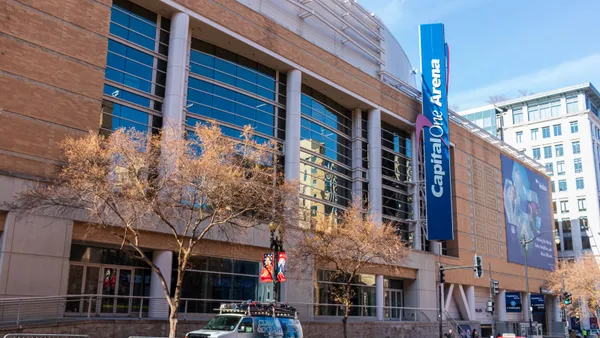Dive Brief:
-
U.S. housing stock fell for the fifth-consecutive quarter, resulting in a 6.7% year-over-year drop in total inventory, according to real estate website Trulia's Inventory and Price Watch for the third quarter of 2016.
-
Starter (-10.7%) and trade-up (-9.2%) inventories were particularly hard hit during the quarter, driving up prices for these homes, which are in the most demand. Premium-home inventory was also down 3.2%.
-
Despite the overall decline, 21 of the nation's 100 largest metros have added inventory in the last year, with Florida and California claiming more than half of those markets. Cape Coral-Fort Myers, FL (36.7%), Miami (33.1%), Las Vegas (29.8%) Fresno, CA (24.4%) and North Port-Sarasota-Bradenton, FL (23.4%) added the most year-over-year inventory, while premium markets like San Francisco (19.3%) and West Palm Beach, FL, (17.8%) also managed to increase their stock.
Dive Insight:
Trulia Chief Economist Ralph McLaughlin said that while first-time and trade-up buyers will need to cough up a bigger share of income in order to buy a home in the tightest markets, inventory in areas that have shown a bit of easing should continue to increase. Notoriously tight markets like San Francisco and San Jose, CA, are beginning to add to their inventories, which is an encouraging sign.
Last month, the National Association of Realtors reported that existing home sales dropped 3.2% from June to July of 2016 and 1.6% from July 2015, only the second time year-over-year sales have declined in nearly 2 years. NAR Chief Economist Lawrence Yun said the drop in existing home sales further illustrates the "tightening grip" that restrained inventory has on housing affordability. He added that the short supply of available homes is stymieing homebuyer efforts to take advantage of record-low mortgage rates.
Piling on to the state of low inventory was the latest Commerce Department report on housing starts, which exhibited a 5.8% decrease in August. Approved building permits were also down 0.4% from July, an indicator of the pace of construction activity to come. The latter figure fell short of expectations, according to MarketWatch, as economists expected the high demand for housing to translate into increased construction. However, the continued need for housing has pushed builder confidence to its highest levels in nearly a year, as residential contractors remain poised to take advantage of forthcoming demand.













